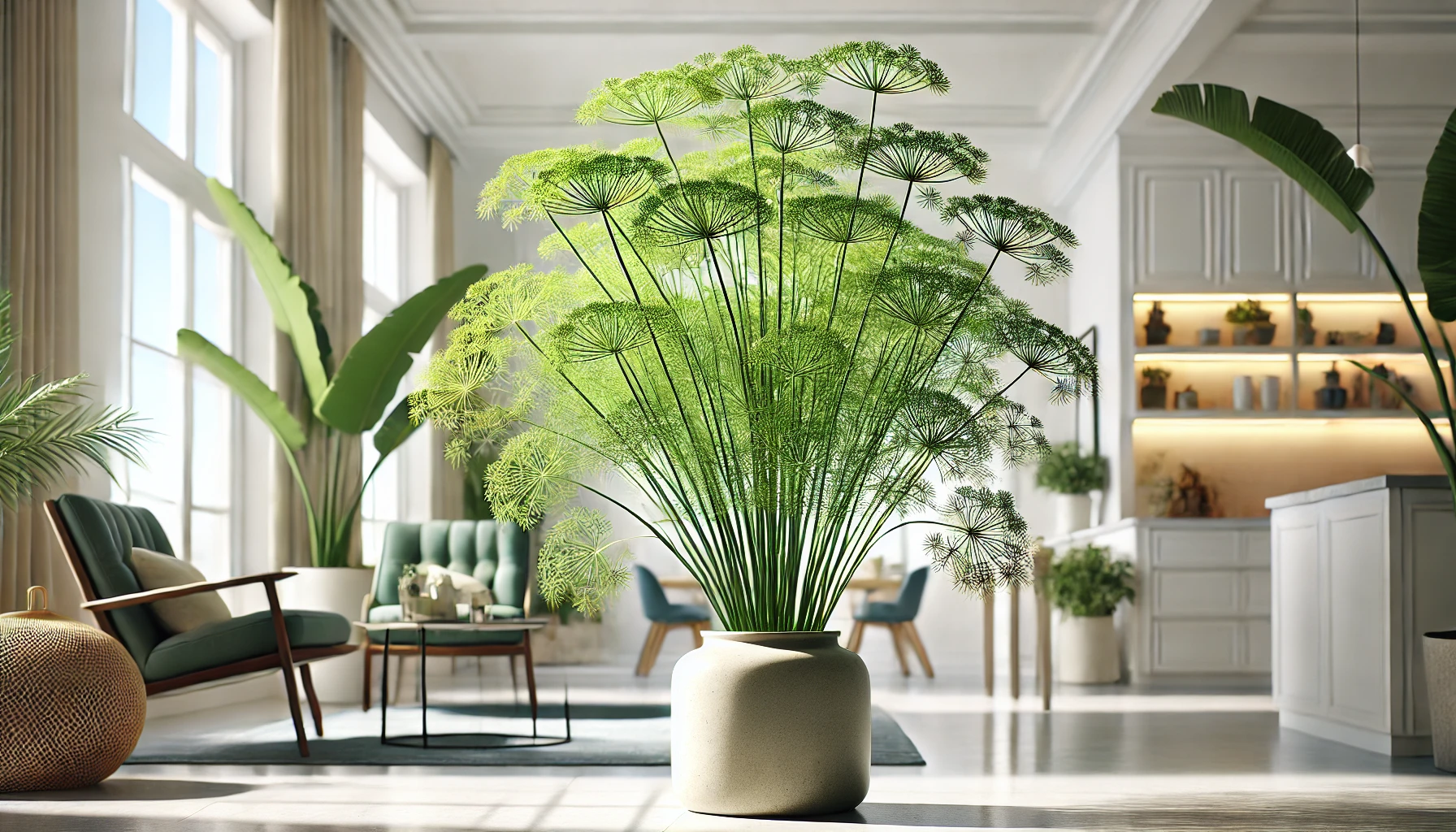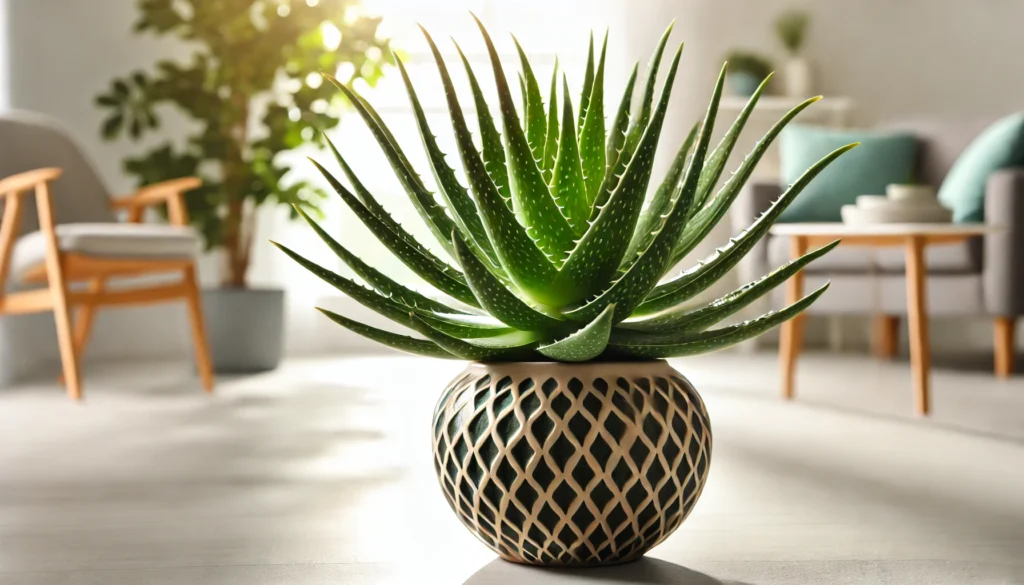
Dill, formally known as Anethum graveolens, is an annual herb famed for its feathery green leaves and pungent, aromatic seeds. Growing up to 2-3 feet tall, dill is not only a staple in culinary dishes around the world but also a beautiful addition to any herb garden. Its delicate leaves and yellow flower umbels add a touch of elegance and fragrance to your garden space.
History and Ideal Growing Conditions
Dill has a storied history, with origins tracing back to the Mediterranean and western Asia. Ancient Egyptians used dill for its medicinal properties, while the Greeks and Romans prized it as a symbol of wealth and luck. Today, dill is essential in many cuisines, from Scandinavian gravlax to Indian pickles.
For ideal growth, dill prefers a sunny spot with well-drained, slightly acidic soil. It thrives in temperatures between 60-75°F (15-24°C). Dill is best planted in the early spring after the danger of frost has passed. It can also be sown in late summer for a fall harvest. Consistent watering and a sheltered location from strong winds will help dill grow robustly.
Dill and Pet Safety
Dill is generally safe for pets, including dogs and cats. It can be a healthy addition to their diet in moderation, providing vitamins and minerals. However, always monitor your pets for any unusual reactions when introducing new plants to their diet.
Best Practices for Caring for Dill
Caring for dill involves understanding its basic needs and providing the right conditions for it to thrive.
Watering and Humidity
Dill prefers consistent moisture, so water it regularly, especially during dry spells. However, avoid overwatering as dill does not like soggy soil. Aim to keep the soil evenly moist, particularly during the germination and early growth stages. Dill is not particularly picky about humidity levels but does best in moderate conditions.
Soil, Light, and Temperature
Dill thrives in well-drained, fertile soil with a pH between 5.5 and 6.5. It needs full sun to grow properly, requiring at least 6-8 hours of direct sunlight each day. Dill can tolerate a range of temperatures but prefers the mild to warm climate of 60-75°F (15-24°C). Extreme heat can cause the plant to bolt, or go to seed, prematurely.
Common Problems and Remedies
Dill can face a few common issues that gardeners should be aware of. One such problem is bolting, where the plant flowers and sets seed too early. This can be managed by planting dill in cooler weather and providing partial shade during the hottest part of the day.
Pests like aphids and caterpillars may occasionally trouble dill. These can be controlled through natural predators like ladybugs or by using insecticidal soap. Fungal diseases such as powdery mildew can also affect dill, especially in humid conditions. Ensuring good air circulation and avoiding overhead watering can help prevent these issues.
Propagation and Benefits
Dill is typically grown from seeds, which can be sown directly into the garden. Plant the seeds about 1/4 inch deep and thin the seedlings to 12 inches apart once they are large enough to handle. For a continuous harvest, sow seeds every few weeks during the growing season.
The benefits of dill are numerous. Its leaves and seeds are used in a variety of culinary dishes, adding a distinctive flavor to pickles, salads, and fish dishes. Dill also offers health benefits, including digestive aid, anti-inflammatory properties, and a rich source of vitamins A and C.
Final Thoughts
Dill is an aromatic and versatile herb that can enhance your culinary creations and add beauty to your garden. With proper care and growing conditions, it is a rewarding plant for both novice and experienced gardeners. Embrace the delightful flavor and fragrance of dill, and enjoy the numerous benefits it brings to your meals and overall well-being.
Stay connected with the world of plants! Subscribe to Phylofy for expert gardening tips, DIY projects, and eco-friendly inspiration. Join our community and nurture your love for nature. Don’t miss exclusive content and updates. Subscribe now!



